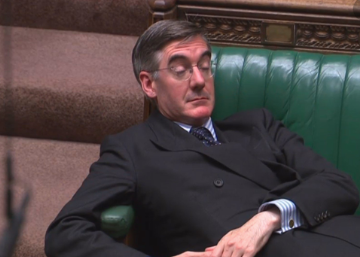Is unchanged in the Dow a record?
- The S&P rose 4.83 points or 0.16% at 3091.84.
- The NASDAQ index rose 21.814 points or 0.26% at 8486.09
- The Dow ended same level as yesterday at 27691.49.

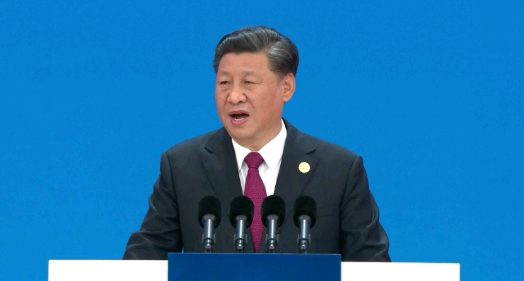
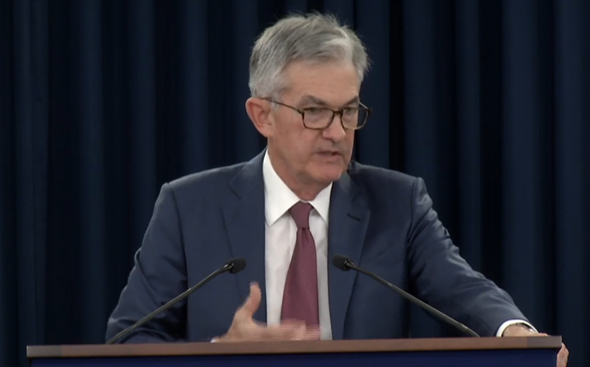
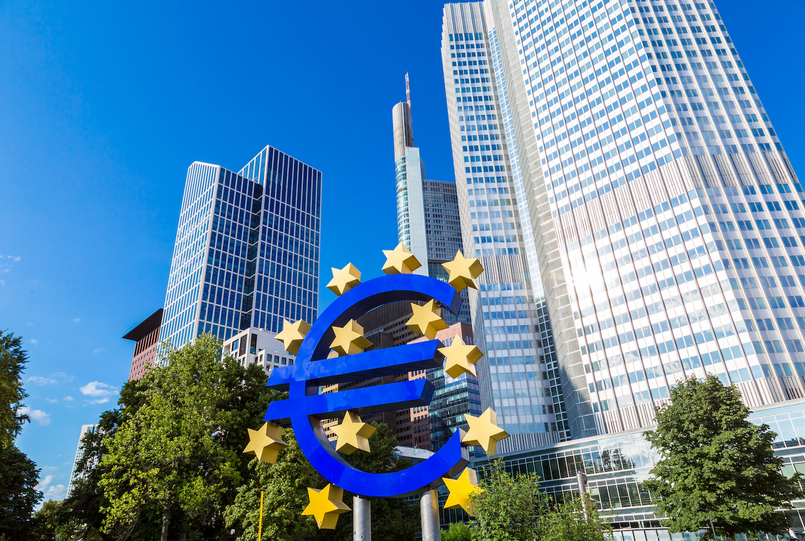
As former central bankers and as European citizens, we are witnessing the ECB’s ongoing crisis mode with growing concern. The ECB has pursued an extremely accommodative policy for years of economic growth and price stability. The recent slowdown in economic activity, although regarded as temporary by the ECB itself, and risks due to Brexit and the trade war, have prompted the ECB to resume net asset purchases and further reduce the already negative deposit rate. Moreover, the ECB has committed itself to pursuing this extremely accommodative path for quite some time yet.
Our concern relates in particular to the following aspects of monetary policy.
A decade ago, the ECB’s monetary policy made a significant contribution to overcoming the severe recession and consolidating growth thereafter. However, the longer the ECB stays its extremely accommodative path, the more the negative effects prevail. Interest rates have lost their steering function and financial stability risks have increased. The longer the ultra-low or negative interest rate policy and liquidity flooding of markets continue, the greater the potential for a setback. Should a major crisis strike, it will be of very different dimensions than those we have seen before. Like other central banks the ECB is threatened with the end of its control over the creation of money. These developments imply a high risk for central bank independence – de jure or de facto.
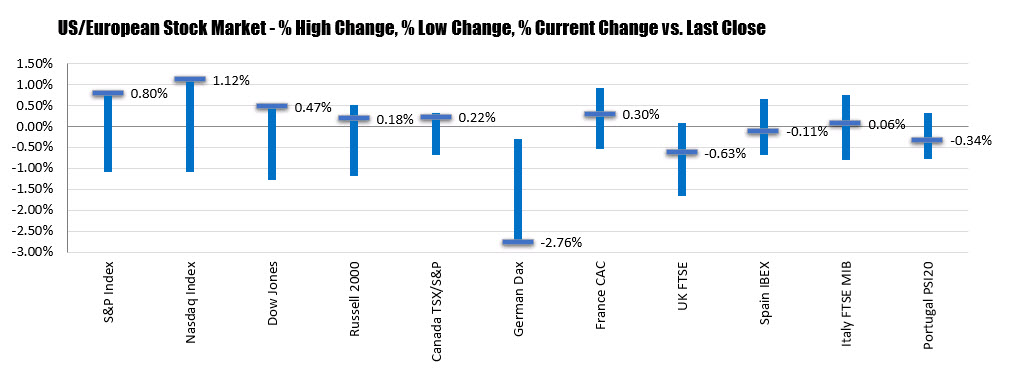
Some winners today:
 Former Reserve Bank of India governor Raghuram Rajan has said that people in authority have to tolerate criticism and that any move to suppress it “is a sure fire recipe for policy mistakes”.
Former Reserve Bank of India governor Raghuram Rajan has said that people in authority have to tolerate criticism and that any move to suppress it “is a sure fire recipe for policy mistakes”.
“What makes India strong is its diversity, debate and tolerance. What makes it weak is narrow-mindedness, obscurantism and divisiveness,” Rajan said in a long LinkedIn post on Monday, two days ahead of the 150th birth anniversary of the Father of the Nation.
He said governments that suppress public criticism do themselves a gross disservice.
“If every critic gets a phone call from a government functionary asking them to back off, or gets targeted by the ruling party’s troll army, many will tone down their criticism. The government will then live in a pleasant make-believe environment, until the harsh truth can no longer be denied,” he said.
“Undoubtedly, some of the criticism, including in the press, is ill-informed, motivated, and descends into ad-hominem personal attacks. I have certainly had my share of those in past jobs. However, suppressing criticism is a sure fire recipe for policy mistakes,” he added.
Last week, the Narendra Modi government had removed Rathin Roy and Shamika Ravi from the economic advisory council to the Prime Minister. Both had criticised some of the government’s policies. (more…)
